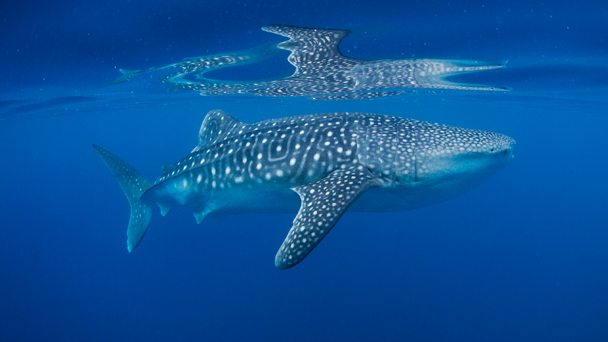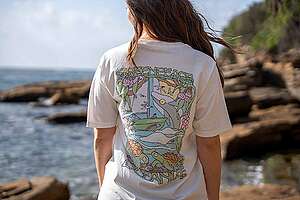With more than 7,000 islands the Philippines has a coastline longer than the United States. We are surrounded by water, in fact more than 2 million square kilometers.

Original blogpost by Mark Dia, Greenpeace Phillipines
A majority the Philippine population eat fish, with 80% of animal protein intake coming from the ocean. One would think that as a maritime nation we would have more sense to take care of the water around us. So why are our oceans in such a sorry state?
Less than 5% of our reefs are in pristine condition, many of our fisheries stocks have either collapsed or are collapsing. The stories are everywhere… Just ask a fisherman who goes out at night to earn a living, the market vendor that relies on a steady cheap supply of fresh fish, the person who buys the fish to eat in your house. There is too little fish left in the ocean.
According to the Bureau of Fisheries, marine catches have been declining since the 1980s. The most dramatic decline is visible in the once abundant Philippine tuna stocks. There are now too many fishermen chasing too few fish and we now have to increasingly depend on imports or resort to fishing farther and farther away.
You can now find Philippine fishing fleets as far away as Micronesia, Palau, Papua New Guinea and Indonesia, plunking floating devices in the high seas that attract fish or fish aggregating devices or FADs. These FADs not only catch the target tuna species but also other animals such as younger tuna and sometimes birds, turtles, sharks and even whales.
Unbelievably, slow moving large marine animals including whale sharks are considered as FADs, and some fishing boats set nets around them to catch the tuna underneath!

